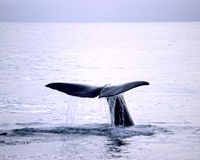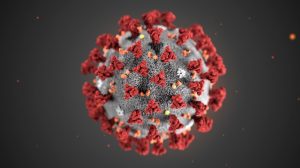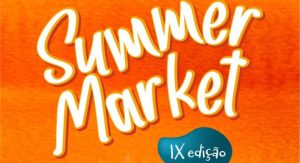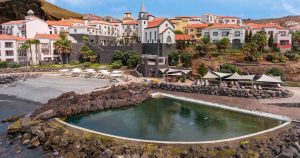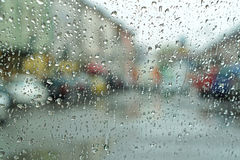A study by the Laboratoire National de Métrologie et d’Éssais has identified what it calls twenty-nine “potentially harmful” ingredients in seventy-one children sunsceen lotions that are for sale in supermarkets, pharmacies and ‘bio’ stores.
These ‘potentially harmful’ chemical ingredients can affect children’s hormonal and metabolic systems, affect growth as well as cause potential fertility problems and allergies warns the study. The report went on to state that of the seventy-one products analysed, nine contained more than ten ‘worrying’ ingredients.
In three sunscreens, unspecified “nanoparticles’ were found, these microscopic particles are particularly worrying as they can enter into the blood stream. These nanoparticles, were titanium dioxide found in Anthelios SPF 50+ Baby Milk (La Roche-Posay), silica in Nivea Sun Kids Protect & Play Sensitive 50+ travel format, and titanium dioxide and zinc oxide in 50+ sun cream for children created by Biarritz-Alga Maris Laboratories.
The conclusions of this study revealed by two non-governmental organisations – WECF (Women Engage for a Common Future) and Agir pour l’Environnement – clearly state that these substances disrupt the endocrine (hormonal) system and recommend that nanoparticles and perfume ingredients which could cause allergies should be banned, especially in children’s products.
The seventy-one Factor 50+ brands tested were: Vichy, Uriage, SVR, SUN, Praia, Nivea, Mustela, Mixa, Lovea, Lancaster, Klorane, Isdin, Garnier, Eurecin, Dermathern, Daylong Laboratoire Galderma, Cosmo, Corine de Farme, Cien, Cattier, Biosolis, Bioregena, Bioderma, Biarritz, Biafine, Avene, Attitude, Anthelios, Alphanova, A-Derma Protect and Acorelle.
The substances regarded as “extremely worrying,’ and should, according to the study be banned are: 4-MBC methylbenzylidene camphor (enzacamene); BHT (butylated di-tert-butyl methyl phenol or hydroxytoluene); Cyclohexasiloxane or D6 or dodecamethylcyclohexasiloxane (silicone); Cyclopentasiloxane or D5 or Dodecamethylcyclopentasiloxane (decamethylcyclopentasiloxane); titanium dioxide (titanium dioxide); Ethylhexyl methoxycinnamate or octylmethoxycinnamate (OMC) or octinoxate (octyl methoxycinnamate, trade names Eusolex 2292 and Uvinul MC80); Homosalate; Octocrylène; zinc oxide (zinc oxide) and Phenoxyethanol (Phenoxyethanol).
Other substances listed as ‘should be avoided as a precautionary measure’ are: Benzyl alcohol (Benzyl alcohol); Bis-Ethylhexyloxyphenol Methoxyphenyl Triazine; Butyl Methoxydibenzoylmethane (Avobenzone); Diethylhexyl Butamido Triazone (iscotrizinol); Titanium dioxide (titanium dioxide); MBBT – methylene bis-benzotriazolyl tetramethylbutylphenol (Bisoctrizole) and Zinc oxide (zinc oxide).
While others, considered to be a ‘concern’ include: Chlorphenesin (Chlorphenenesin); Diethylamino Hydroxybenzoyl Hexyl Benzoate (diethylamino-hydroxybenzoyl-hexyl benzoate); Drometrizole Trisiloxane (Meroxyl XL); Ethylhexyl salicylate (octyl salicylate); Ethylhexyl triazone (ethylhexyl triazone); polyethylene glycol (polyethylene glycol); Phenylbenzimidazole Sulfonic Acid (Ensulizole); Sodium laureth sulfate (sodium laureth sulfate) and Terephthalylidene Dicamphor Sulfonic Acid (Ecamsule).
Samantha Gannon
info at madeira-weekly.com

